By Joe Berk
Lee’s Classic Turret Press Kit includes their Modern Reloading manual. It’s written by the late Richard Lee (the founder of Lee Precision), it’s the second edition, and Lee’s retail price is $40.98. By way of comparison, on Hornady’s site their reloading manual is $59.99, on Sierra’s site their reloading manual is $39.99, on the Lyman site their reloading manual is $34.98, and on the Speer site you get the load data for free (it’s published on their site). You can also purchase the Lee manual on Amazon; oddly, the price on Amazon is higher than it is on the Lee website.
The Lee reloading manual is comparable in heft and contents to other big reloading manuals. It’s a hardcover book with 692 pages and several chapters on various reloading topics, including basic instructions and more in-depth discussions of advanced reloading topics. Richard Lee wrote the first parts covering various topics including the company’s history, Lee’s reloading equipment, primers and primer sensitivity (this was extremely interesting), how to reload, reloading for best accuracy, rifle reloading, handgun relaoding, measuring powder, powder safety, pressure issues, matching bullet metal to chamber pressure, hardness testing, bullet casting and sizing, shotgun reloading, and muzzle loading. I thoroughly enjoyed reading Lee’s articles. They are written in a folksy, technical, and easy to follow manner. It’s like having a conversation with one of my shooting buddies. That, all by itself, is a good reason to buy the Lee reloading manual.
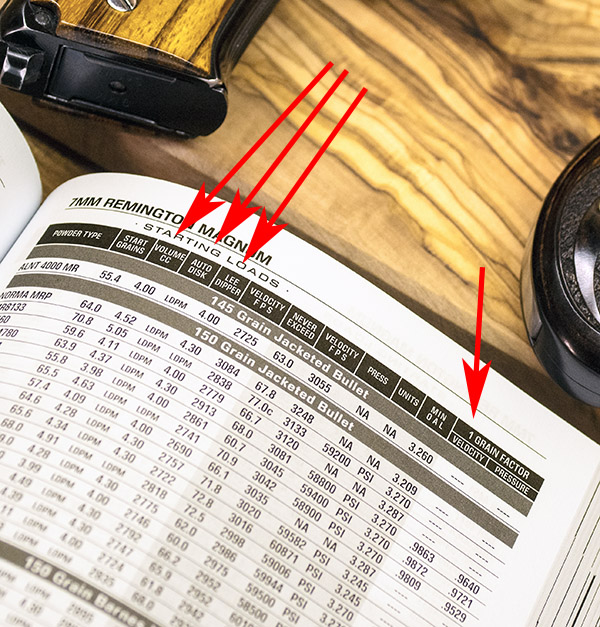
The load data tables start on Page 161 and continue to Page 686 (the load tables comprise most of the book). These are interesting and they include several bits of data not found in other reloading manuals. There’s the usual dimensioned cartridge drawings, starting load and max loads, the pressure, and the velocities, and then there’s more. These additional pieces of information not usually found in other reloading manuals are:
-
- Useful Case Capacity. On each of the load table cartridge drawings, Lee includes the useful case volume in cubic centimeters. Why this is useful will be apparent when you read the next bulleted statement.
- Volume cc. This table entry, immediately to the right of the starting load, shows the volume occupied by the starting charge. You can compare this to the useful case capacity info (see above) included in the cartridge drawing to get an idea of how full the cartridge case will be at the starting charge. Usually, a cartridge will perform better if the case is full or nearly full. I’ve not seen this information in other reloading manuals. I think it’s a good thing to know when selecting which powder to use.
- Lee Dipper. Lee manufactures different size powder dippers. The powder dipper is basically a yellow plastic spoon used to scoop a known volume of powder. Some reloaders use this approach rather than using a powder dispenser or a scale, but others do. Dippers are included with Lee dies, and you can also buy a set of different sized dippers separately. It’s not the powder measurement and dispensing approach I used, but I found the data interesting. I’ve never seen this data in other load manuals.
- Auto-Disk. Lee makes an Auto-Disk Powder Measure. It’s a device that uses a sliding disk with different volume chambers (or cavities) in it to control the volume of powder dispensed by their Auto-Disk Powder Measure. These cavities are denoted by decimal numbers. The Lee reloading manual tables identify the appropriate Auto-Disk to use with charges included in the table. I’ve never seen this data in other manuals.
- 1 Grain Factor. This is another bit of data not included in any other reloading manual I’ve ever seen. The 1 Grain Factor can be used to show velocity reduction if the maximum powder charge is decreased by one grain. You take the maximum velocity, multiply it by the 1 Grain Factor, and it will show the decrease in velocity that will be realized by reducing the powder charge 1 grain. There’s a similar 1 Grain Factor included that can be used to calculate pressure reduction for a 1 grain powder reduction The 1 Grain Factors are not included for every cartridge (they are included for the hotter magnum cartridges such as .44 Magnum and 7mm Remington Magnum).
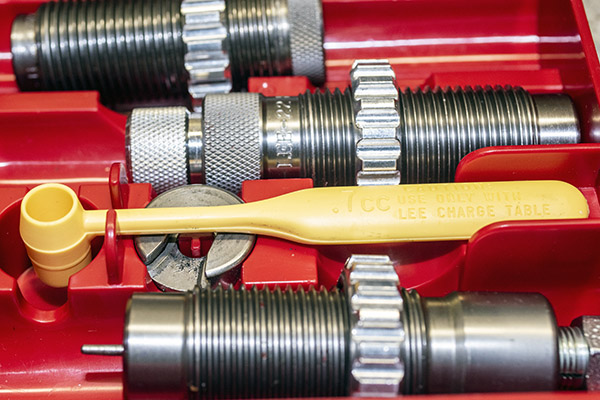
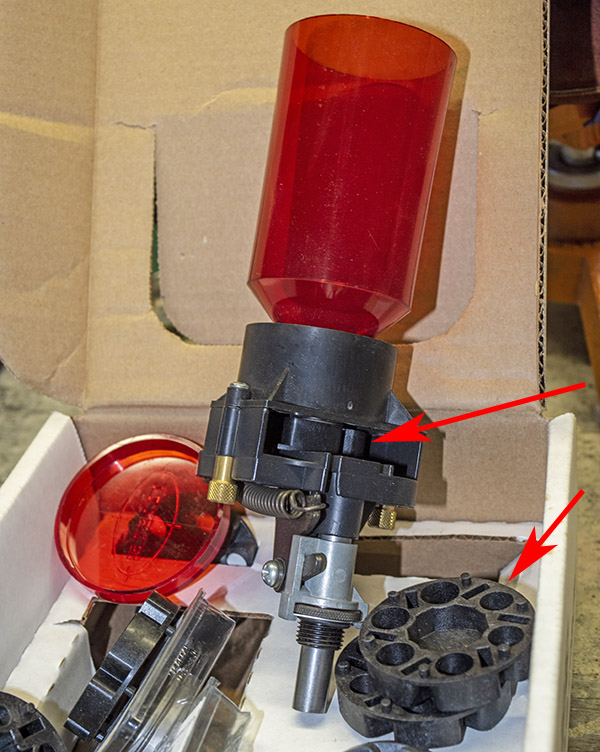

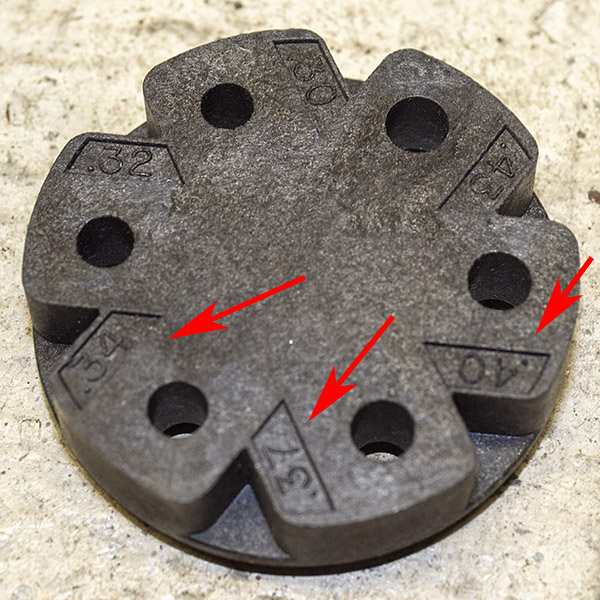
The Lee manual breaks with typical reloading manuals on the order in which loads are shown. In other manuals, the cartridge sequence is organized by bullet diameter, and then within each bullet diameter category, by cartridge maximum velocity. There is a table of contents in the Lee manual (it’s on Pages 159-160) showing all the cartridges included in the Lee manual and where their load data appears.
If you are a reloader who enjoys getting into the more technical aspects of load development (and what reloader isn’t?) I believe you will thoroughly enjoy Lee’s Modern Reloading. I think it’s a first-class work as good as or better than the manuals from Lyman, Sierra, Hornady, and other reloading manual publishers. It’s money well spent, and when you purchase Lee’s Classic Turret Press Kit, you basically get it for free.
Keep us going…please click on the popup ads!
Never miss an ExNotes blog:
Read our blogs on other Lee reloading gear:

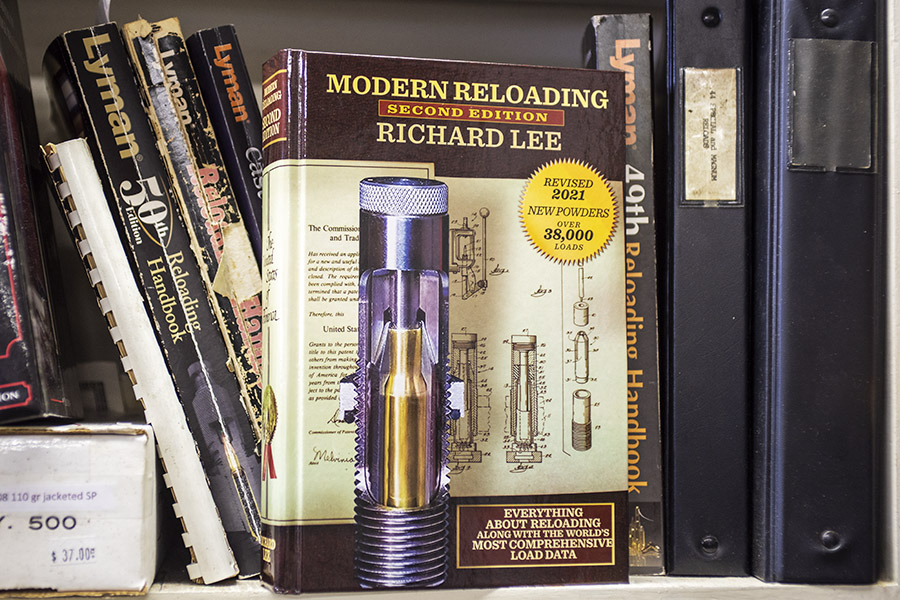
ugh! i thought it was Lee’s Model Railroading! not Modern Reloading!
Both hobbies are fun!